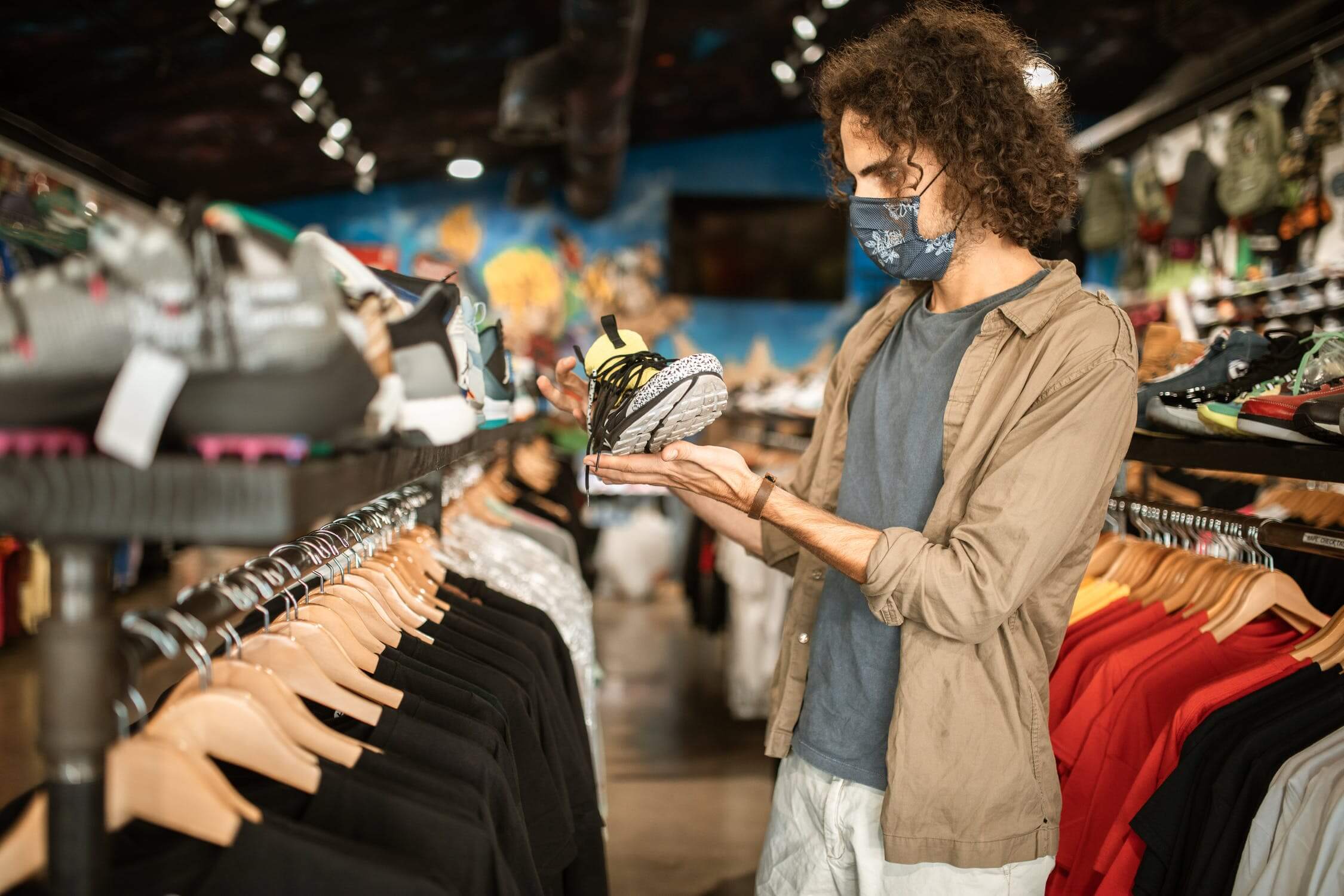Trends such as health, mobility and connectivity have become particularly important in sports retail over the past year, influencing customers’ individual buying behaviour. Bernhard Leichtfried, Purchasing Manager of SPORT 2000 Austria and Category Manager for Winter Sports at SPORT 2000 International, has delved into the topic of megatrends in sports retail. In our interview, he tells us what a massive push the coronavirus pandemic has caused and what customers are seeking in sports retail.

Bernhard Leichtfried
Changes are animating the sports retail trade
The sports retail trade is undergoing permanent transformation. New competitors and online shops are constantly changing the market and shifting the dynamics. “It is important for an organisation to follow social and economic developments and to align themselves accordingly if they are to develop successful strategies and ultimately be a market leader,” says Bernhard Leichtfried, Purchasing Manager of SPORT 2000 Austria and Category Manager for Winter Sports at SPORT 2000 International, emphasising the relevance of trend analyses. Leichtfried has looked at megatrends in sports retailing and has deduced implications for customer buying behaviour, both during and after the Covid-19 pandemic. Such megatrends are changes that take several years to develop, providing for innovations in society and bringing about strong economic effects. The following megatrends will have a lasting impact on sports retail in the future: health, mobility, gender shift, sustainability, connectivity, individualisation and globalisation.
Trend towards health and mobility influences consumer behaviour in sports retail
No one could have foreseen last year’s developments and the restrictions that resulted. The sports retail sector, like others, also had to act quickly and adapt to the new situation. Together with the sports trade association, the sports retailers reacted quickly and developed strategies to continue to be present for customers in the sports retail trade. “While some trends such as health and mobility have seen a huge acceleration and have had a positive impact on the sports retail sector, demand and rental in the skiing sector has plummeted massively. Lifts have been closed in many countries and travel restrictions have had a severe impact on tourism,” says Bernhard Leichtfried, explaining the positive and negative impacts of the Covid-19 pandemic on the sports retail sector. Heightened general health awareness has caused a real boom in the sports industry in some areas (e.g. biking, running and outdoor). Mobility and predominantly the bicycle sector, including e-bikes, is enjoying strong growth and will continue to do so in the coming years. Digital networking and new technologies are also bringing constant change to the sports retail sector. Read how connectivity affects the running segment here. Another great opportunity lies in the gender shift megatrend. Women often feel that their needs are not being met by sports retailers, or that messages are not tailored to them. Read our blog post on this subject for more insight on how to better reach women in sports retail. Digital networking and new technologies mean sports retail is constantly evolving. Information has increasingly been gathered online since the Covid-19 crisis began. According to a study by Deloitte, however, customers still prefer to buy sports products in brick-and-mortar stores.
Customers look for advice and a shopping experience in specialist sports retailers
On top of the high-quality, wide range of products, services offered and value for money that you would expect, customers are looking for professional and personalised advice in specialist sports retailers. “As feedback from the sports retail trade shows, the customer attaches much more importance to the right product for them, the advice and services on offer than to the facilities of the shop itself. If the advice and the product meet these high quality standards, consumers buy more often,” says the purchasing manager of SPORT 2000 Austria about current customer buying behaviour in the specialised sports sector.
As in all industries, e-commerce sales have also increased in the sports retail sector. However, initial findings following the reopening of shops show that customers are again actively returning to the brick-and-mortar retail shopping experience at the earliest opportunity. “Customers are distinguishing between online and offline shopping. In the brick-and-mortar sports retail sector, it is clear that customers visit the traditional sports retailer more often than other sectors because they are looking for personal advice on high-quality sports items. The partial closure of stores and the obligation to wear masks in retail premises meant the online sector was able to take much more of the growth in these areas than traditional retail,” says Bernhard Leichtfried. In addition, he emphasises that there is less demand for advice-intensive products in the online sector than in brick-and-mortar retail.
Market differentiation in quality and price
It is becoming more and more apparent in sports retail that quality of product and advice are a sustainable trend. “There has been a huge increase in recent months in willingness to spend more money on high-quality sports products. We see that there is virtually no spur-of-the-moment shopping currently. Customers come to brick-and-mortar retail specifically to buy quality products,” says Leichtfried. He continues by explaining that quality, expert advice and specialisation in the sports retail trade are the success model of the future.
Photo credits: RODNAE Productions/Pexels.com




